Making wine can be a rewarding and enjoyable hobby, but like any craft, it comes with its own set of challenges. From fermentation issues to unexpected flavors, there are several common problems that can arise during the winemaking process. Fortunately, many of these issues can be resolved with the right knowledge and techniques. In this article, we’ll explore some of the most common problems encountered by winemakers and provide practical solutions to help you overcome them.
- Fermentation Stuck or Slow:
One of the most frustrating problems in winemaking is when fermentation either stalls or progresses at a slower rate than expected. This can happen due to various reasons such as insufficient yeast activity, improper temperature control, or inadequate nutrient levels in the must.
Solution:
- Check the temperature of the fermentation vessel. Yeast activity is optimal within a certain temperature range, typically between 70°F to 75°F (21°C to 24°C) for most wine yeasts.
- Add yeast nutrient or energizer to the must. This provides essential nutrients that yeast require for healthy fermentation.
- Oxygenate the must by stirring or aerating gently. Oxygen helps yeast cells reproduce and ferment sugars more efficiently.
- If the fermentation remains stuck, consider repitching with a fresh batch of yeast to kickstart the process again.
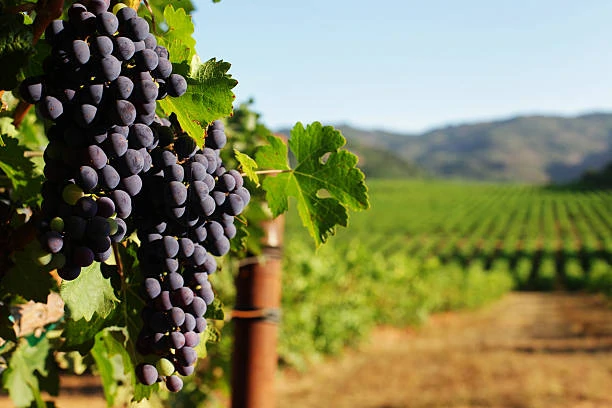
- Unpleasant Odors:
Sometimes, during fermentation or aging, wines can develop unpleasant odors such as rotten egg (hydrogen sulfide), vinegar (acetic acid), or wet cardboard (cork taint). These odors can significantly detract from the wine’s quality and appeal.
Solution:
- Prevent hydrogen sulfide production by ensuring adequate nutrient levels and proper yeast health.
- Maintain a clean and sanitized winemaking environment to minimize the risk of bacterial contamination, which can lead to acetic acid production.
- If a wine develops cork taint, unfortunately, there’s not much that can be done once the wine is bottled. However, proper cork selection and storage conditions can help prevent this issue in the future.
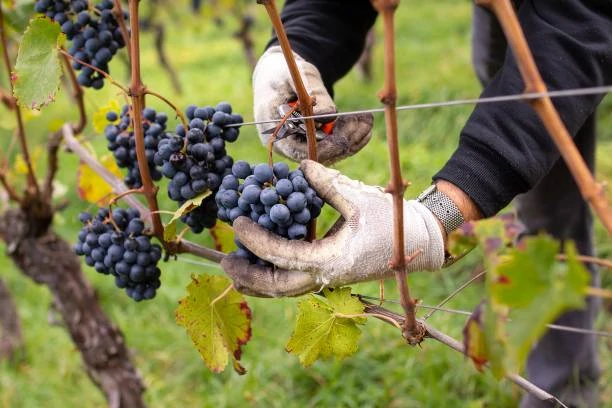
- Excessive Sedimentation:
After fermentation and aging, wines may develop excessive sedimentation, leaving an undesirable layer of residue at the bottom of the bottle. While some sedimentation is natural, excessive amounts can affect the wine’s clarity and mouthfeel.
Solution:
- Practice careful racking and fining techniques during the winemaking process to minimize sedimentation.
- Consider using fining agents such as bentonite or gelatin to clarify the wine before bottling.
- Allow the wine to settle for an extended period before bottling, then siphon it carefully to avoid disturbing the sediment.
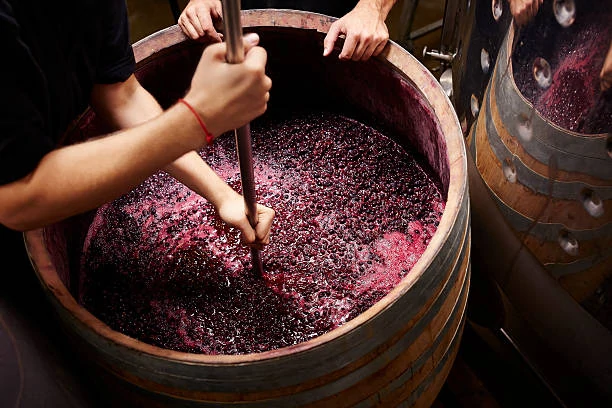
- High Acidity or Tannins:
High levels of acidity or tannins can result in wines that taste overly tart or astringent, respectively. While these characteristics are desirable in certain styles of wine, excessive levels can throw off the balance and harmony of the final product.
Solution:
- Adjust acidity levels by blending with wines that have lower acidity or by adding calcium carbonate (for tartaric acid) or potassium bicarbonate (for malic acid).
- Soften harsh tannins by aging the wine in oak barrels or using oak alternatives like chips or staves. Time can also help mellow out tannins, so be patient with aging.
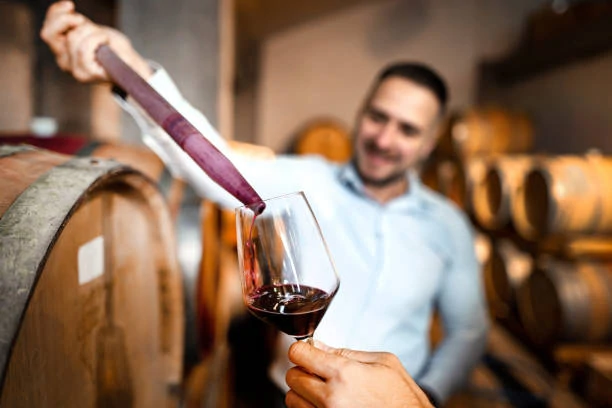
Winemaking is a delicate balance of art and science, and encountering problems along the way is part of the journey. By understanding the common issues that can arise and implementing the appropriate solutions, you can navigate through challenges and produce high-quality wines that you can be proud of.
If you want more information on food and recipes, keep following us: https://www.bygoody.com/

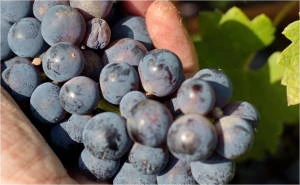



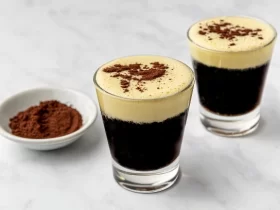
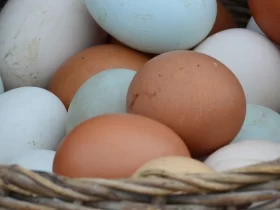
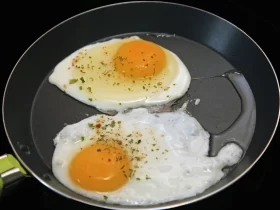
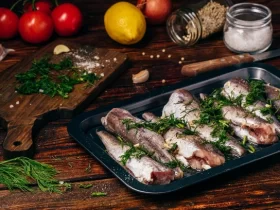

Leave a Reply